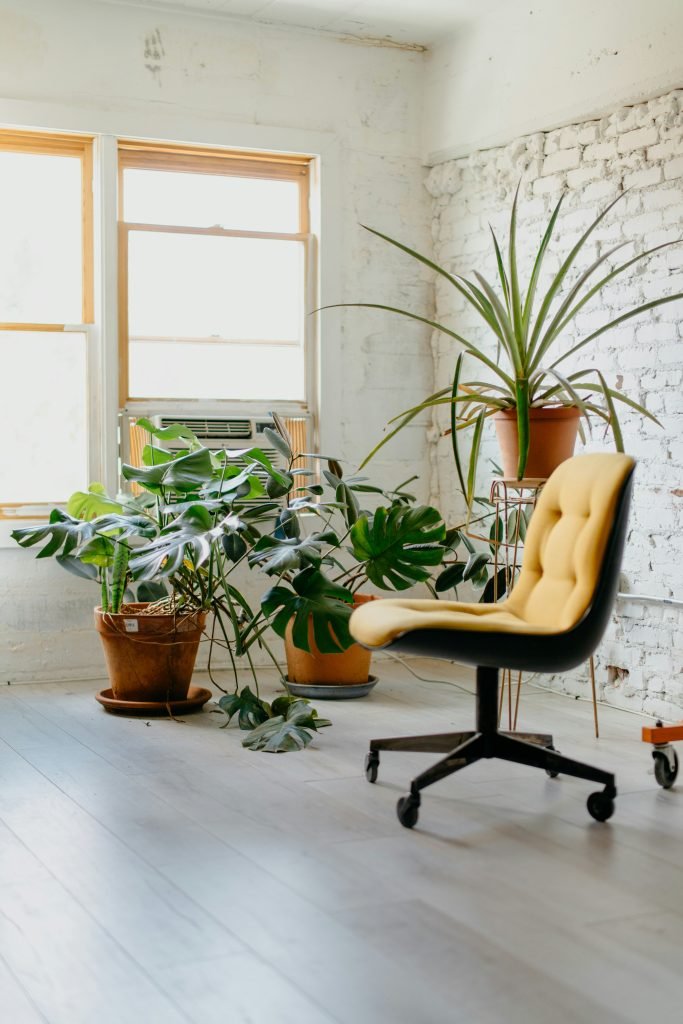creating a home office that blends both functionality and aesthetic appeal is a rewarding endeavor that can transform your work-from-home experience. In “How Can I Design A Functional And Aesthetically Pleasing Home Office?” you’ll uncover fundamental tips and creative ideas to make your workspace efficient and visually engaging. By focusing on ergonomics, strategic organization, and personalized decor, you’ll learn how to craft a home office that not only boosts productivity but also inspires you daily. Whether you’re setting up a cozy corner or an entire room, this guide covers everything you need to make your home office both beautiful and practical. Have you ever wondered how to design a functional and aesthetically pleasing home office? Let’s dive into the details together and make it an enjoyable, rewarding journey!

This image is property of images.unsplash.com.
Understanding Your Needs
Identifying Your Work Requirements
First things first, you need to determine what kind of work you’ll be doing in your home office. Are you a writer, a graphic designer, or someone who crunches numbers all day? Each profession or task requires different tools and setups.
- Writers and Editors: Look for a larger desk to accommodate papers, books, and possibly a second monitor.
- Graphic Designers: You’ll need a desk with space for a large monitor or even dual screens, and a robust computer.
- Accountants/Financial Analysts: Think about practical storage solutions for files and documents, along with dual monitors for multitasking.
Space Availability
Before you dive into purchasing furniture and decor, assess the space you have.
- Does it have natural light?
- What are the dimensions?
- Is it in a quiet part of your home?
Knowing the answers to these questions will make designing your home office easier and more efficient.
Budget Considerations
You don’t have to break the bank to create a functional and aesthetically pleasing workspace. Determining your budget upfront can help you make smart choices.
| Budget Tier | Description | Example Items |
|---|---|---|
| Low | Minimalist and functional; a DIY spirit | Basic desk and chair, simple shelves |
| Mid-Range | Moderate investment for comfort and style | Ergonomic chair, quality desk, small decor |
| High | All-in for luxury and efficiency | Standing desk, premium ergonomic chair, custom storage |
Designing the Layout
Choosing the Right Location
Finding the perfect spot is crucial. If you can, choose a location away from the social hub of your home to minimize distractions. A spare bedroom or a sectioned-off corner of the living room can be an ideal spot.
Element Placement
Think about the elements of your office and how you’ll arrange them. Start with the basics like your desk, chair, and computer. Here’s an idea of how to prioritize your layout:
- Desk: This is your command center. Place it near a source of natural light if possible.
- Chair: Your comfort hasn’t been negotiated here. Make sure it supports good posture.
- Storage: Shelves, cabinets, and drawers should be within easy reach but organized to avoid clutter.
- Equipment: Your computer, printer, and other essential tools should be accessible but not cramped.
Natural Light and Artificial Lighting
Natural light can boost your mood and productivity, so position your desk near a window if possible. However, don’t overlook artificial lighting. A combination of overhead lights, desk lamps, and accent lighting can make a big difference.
- Desk Lamp: Essential for focused tasks
- Overhead Light: General illumination
- Accent Lights: Add warmth and personality
Selecting the Right Furniture
The Desk
Your desk is the centerpiece. Here are some popular options:
| Desk Type | Best For | Pros | Cons |
|---|---|---|---|
| Standard | General use | Wide surface, versatile | Can take up a lot of space |
| Standing | Health-conscious workers | Adjustable height, promotes movement | Can be expensive |
| Corner | Small spaces | Space-efficient, plenty of surface area | May limit the room layout flexibility |
The Chair
Investing in a good chair is investing in your health. Look for these features:
- Ergonomic Design: Supports your back and encourages good posture.
- Adjustability: Armrests, seat height, and lumbar support should be adjustable.
- Comfort: Padded seating and breathable fabric/material.
Storage Solutions
Keep your workspace clutter-free with effective storage solutions:
- Shelves: Great for books, decor, or office supplies.
- File Cabinets: To keep documents organized and accessible.
- Drawer Units: For smaller items like pens, notepads, and cables.
Adding Aesthetic Touches
Color Schemes
The colors you choose can impact your mood and productivity. Neutral colors are calming, while bold colors can be energizing. Here are some ideas:
- Neutral Palette: Whites, beiges, and grays for a calming environment.
- Pastels: Light blues, greens, and pinks for a soft, inviting look.
- Bold Accents: Integrate pops of color like red or yellow to stimulate creativity.
Wall Art and Decor
Personalize your space with art and decor that inspire you.
- Inspiring Quotes: Hang up frames with motivational quotes.
- Artwork: Choose pieces that you love or that spark creativity.
- Plants: Add some greenery to improve air quality and stress relief.
Keeping It Organized
An organized space is a productive space. Here are some tips to keep things tidy:
- Daily Clean-Up: Spend the last few minutes of your workday tidying up.
- Storage Bins: Use bins or baskets to categorize and store items.
- Cable Management: Use clips or sleeves to keep cords out of sight.

This image is property of images.unsplash.com.
Ergonomics and Comfort
Monitor Position
Your monitor should be at eye level to avoid neck strain. Use a monitor stand if necessary. The screen should be about an arm’s length away for optimal viewing.
Keyboard and Mouse
Your keyboard and mouse should be positioned to keep your wrists straight and your arms at a 90-degree angle. Consider ergonomic designs for extra comfort.
Footrest
If your feet don’t touch the ground while you’re sitting, use a footrest. This can help reduce lower back tension and improve circulation.
Leveraging Technology
Essential Gadgets
Certain gadgets can streamline your work process and make your life easier.
| Gadget | Purpose | Benefits |
|---|---|---|
| External Monitor | Dual-screen productivity | More screen space for multitasking |
| Wireless Keyboard | Reduce clutter | Frees up desk space |
| Docking Station | Connectivity | One hub for all your devices |
| Smart Speaker | Voice commands | Hands-free assistance, ambient music |
Software Solutions
Make sure you’re equipped with software that boosts productivity:
- Project Management Tools: Asana, Trello, or Monday.com to keep track of tasks.
- Communication Tools: Slack or Microsoft Teams for staying in touch with colleagues.
- Time Management: Apps like Toggl or Pomodoro timers to manage your work hours efficiently.

This image is property of images.unsplash.com.
Maintenance Tips
Regular Cleaning
Keeping your home office clean is crucial for maintaining a healthy work environment. Dust your surfaces, clean your keyboard, and wipe down your screen regularly.
Periodic Decluttering
Every few months, take some time to declutter your office. Donate or dispose of items you no longer need, and reorganize your storage spaces.
Checking Ergonomics
Re-evaluate the ergonomic setup of your workspace periodically. Make sure your chair, desk, monitor, and other tools are still optimally arranged for your comfort.
Conclusion
Designing a functional and aesthetically pleasing home office doesn’t have to be a daunting task. By understanding your needs, choosing the right furniture, leveraging technology, and adding personal touches, you can create a workspace that boosts your productivity and well-being. So go ahead, start planning your perfect home office today!




